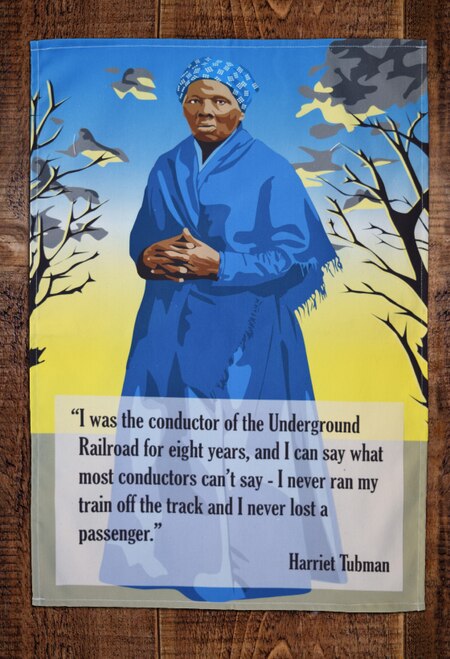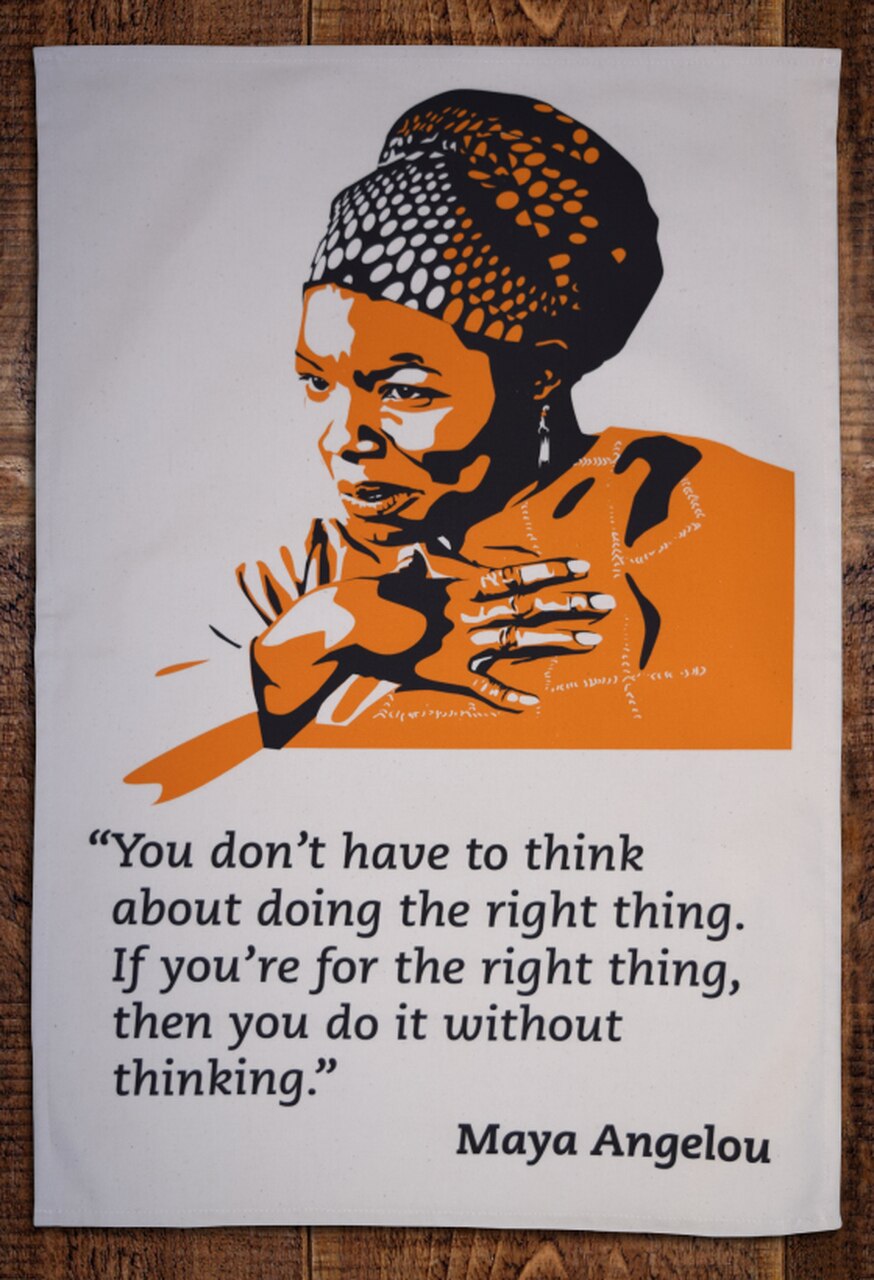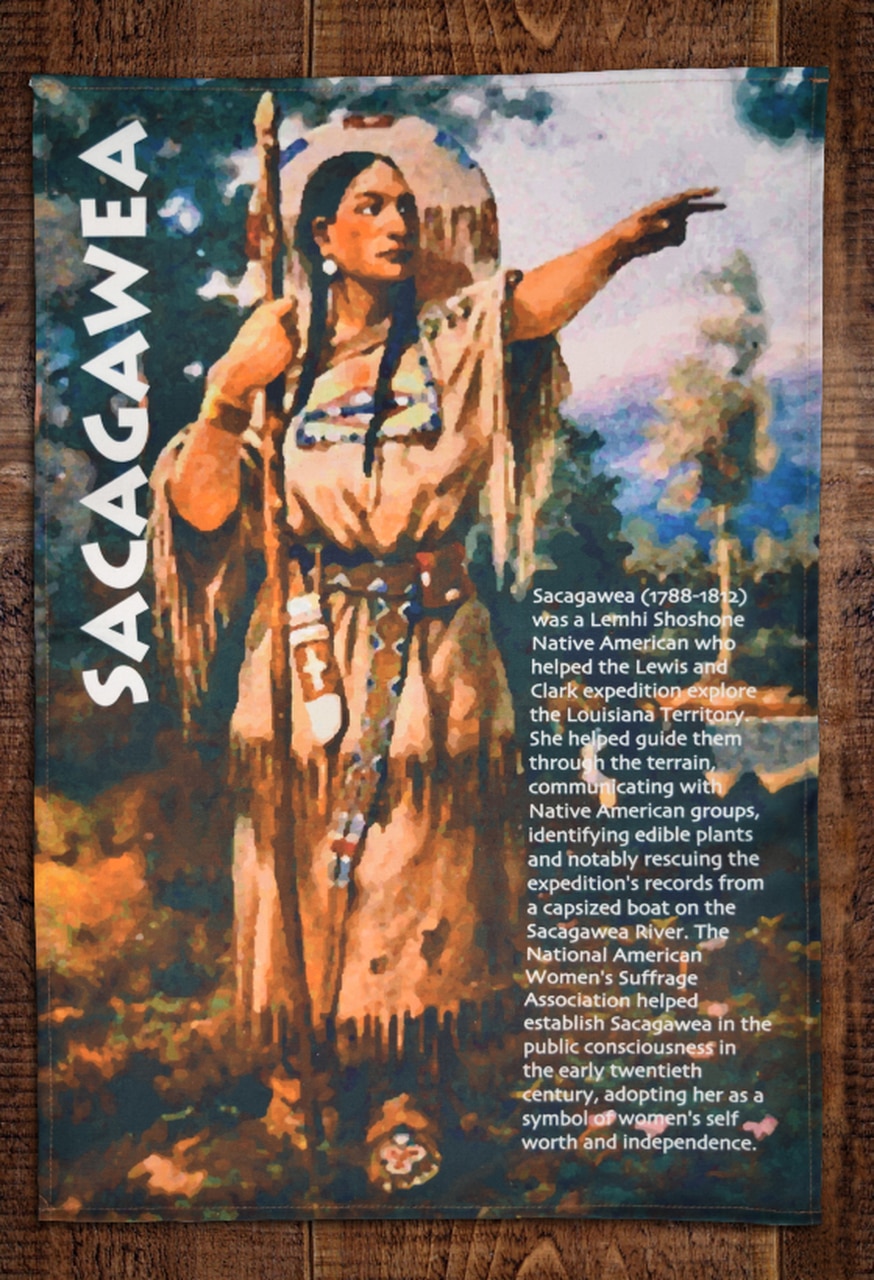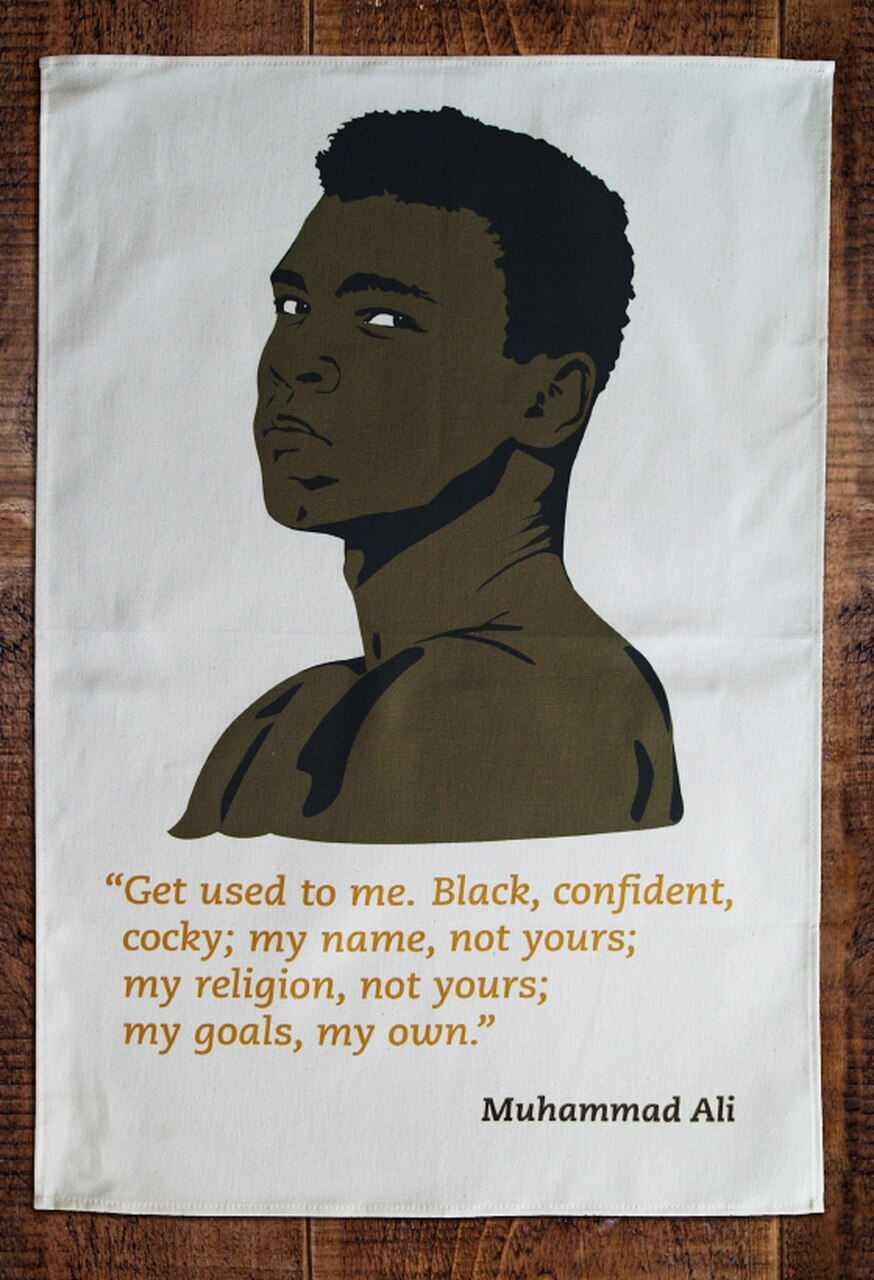How does Martin Scorsese direct a movie? Younger filmmakers have been studying at his feet trying to figure that out for more than four decades. Now in his late 70s and boasting a name that has long since become a byword for the American auteur, Scorsese continues to direct a major feature (alongside almost equally numerous documentaries and shorts) at a much younger filmmaker’s pace. This year saw the release of The Irishman, the latest chapter in Scorsese’s collaboration with Robert De Niro that began back in 1973 with Mean Streets. This ambitious new film has prompted Scorsese fans to look back at the director’s career, tracing the lines that run through his both vigorously entertaining and highly idiosyncratic body of work.
Studio Binder, whose primers on the directing styles of Quentin Tarantino and Wes Anderson we’ve previously featured here on Open Culture, has produced a thorough breakdown of what makes a Martin Scorsese Picture — as their opening titles have announced since Raging Bull — a Martin Scorsese Picture.
In a breakdown of Scorsese’s techniques, filmmaker SC Lannom highlights how he builds flawed characters, links camera movement to emotion, makes energetic editing decisions (in collaboration with his longtime editor Thelma Schoonmaker), uses character-driven camera placement, builds “authentic and educational worlds,” composes movies to the music he has in mind, pairs montages with voiceovers, and makes use of “extreme sound design.”
Of course, none of these descriptions convey the visceral impact of Scorsese’s films at their best. You can get a taste of that in the Studio Binder “Director’s Chair” video on Scorsese at the top of the post, which assembles examples of how he uses his roots in Italian New York, creates characters on the edge (Taxi Driver’s Travis Bickle being perhaps the prototype), builds “authentic worlds,” and keeps both the music and the edit in mind while directing. These methods are most clearly apparent in his hit “gangster movies” like GoodFellas, Casino, and The Departed, but other milieux — the time and place of professional boxing, of Jesuit priests in 17th-century Japan, of crooked 1990s stockbrokers, of Jesus Christ — have also proven amenable to the Scorsese treatment.
Scorsese’s faithfulness to the real world, or at least the real world as he sees and feels it, is exceeded only by his faithfulness to the world of cinema. While he usually deals with realistic subject matter, he does so with every trick in the stylistic book: not just musical montages but sequences of slow and fast motion, freeze-frames, and zooms all meant to bring you, the viewer, into the emotional experience of his characters. “Scorsese knows how he wants you to feel, and he is a ‘dirty fighter’ of cinema who will pull out all the tricks to get you feeling that way,” writes Lannom. “The difference between him and say, Michael Bay, is that Scorsese’s stories, messages, and general approach is much more mature.” Indeed, Scorsese can sometimes seem to be one of the last grown-ups in Hollywood, but one whose love of cinema burns as intensely as it did in childhood. For that reason, a new Scorsese movie — rather, a new Martin Scorsese Picture — will always be an event.
Related Content:
The Filmmaking of Martin Scorsese Demystified in 6 Video Essays
Martin Scorsese Explains the Difference Between Cinema and Movies
Martin Scorsese’s Very First Films: Three Imaginative Short Works
Martin Scorsese Reveals His 12 Favorite Movies
Based in Seoul, Colin Marshall writes and broadcasts on cities and culture. He’s at work on a book about Los Angeles, A Los Angeles Primer, the video series The City in Cinema, and the crowdfunded journalism project Where Is the City of the Future? Follow him on Twitter at @colinmarshall or on Facebook.










